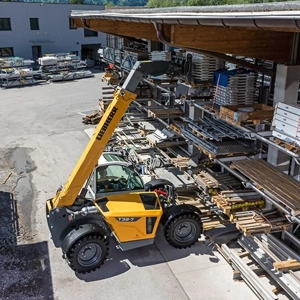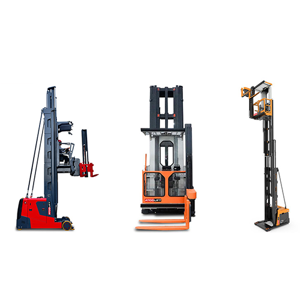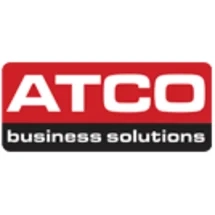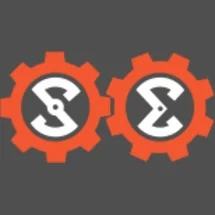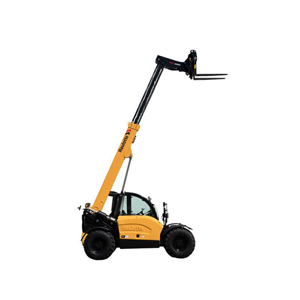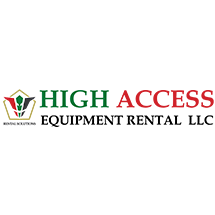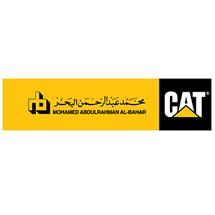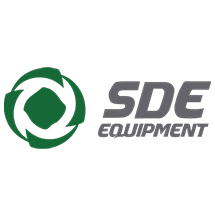Material handling machines are essential for businesses that deal with heavy loads and bulky items. These gadgets make it easier for organizations to move, store, and transport things.
At FYIND, we know how important it is to have strong and reliable equipment for moving and keeping things. So, in addition to forklifts, pallet jacks, and conveyor systems, we stock a wide range of equipment from reputable makers.
Our inventory methods can be changed to meet the needs of any size or type of business. We have the tools and knowledge to help you find the best answer, whether you need a simple pallet jack for your warehouse or a complicated conveyor system for your manufacturing facility.
In addition to our wide range of products, we also offer several services to help you get the most out of your material handling machines. Our installation, maintenance, and repair services make it easy to keep your equipment running at its best.
At FYIND, we aim to help businesses cut costs and make more money. Contact us immediately to find out how our machines for moving materials can help your business.
1. What exactly is material handling?
Ans: Material handling is the process of moving, storing, controlling, and protecting materials and goods while they are being made, stored, distributed, used, and thrown away.
2. What parts comprise a material handling system?
Ans: Equipment, storage, control, and software are common material handling system components.
3. Why is it essential to have a material handling system?
Ans: A material handling system can increase efficiency, productivity, safety, and profitability by decreasing labor costs, minimizing product damage, optimizing space utilization, and boosting inventory accuracy.
4. What are a few examples of material management machinery?
Ans: Material handling equipment includes forklifts, pallet jacks, conveyors, elevators, and hoists, in addition to automated guided vehicles (AGVs).
5. How can I improve my material management system?
Ans: You can improve your material handling process by analyzing your current system, identifying areas for improvement, choosing the appropriate equipment, training your employees, and implementing best practices for safety and efficiency.
Popular Categories
Popular Categories

